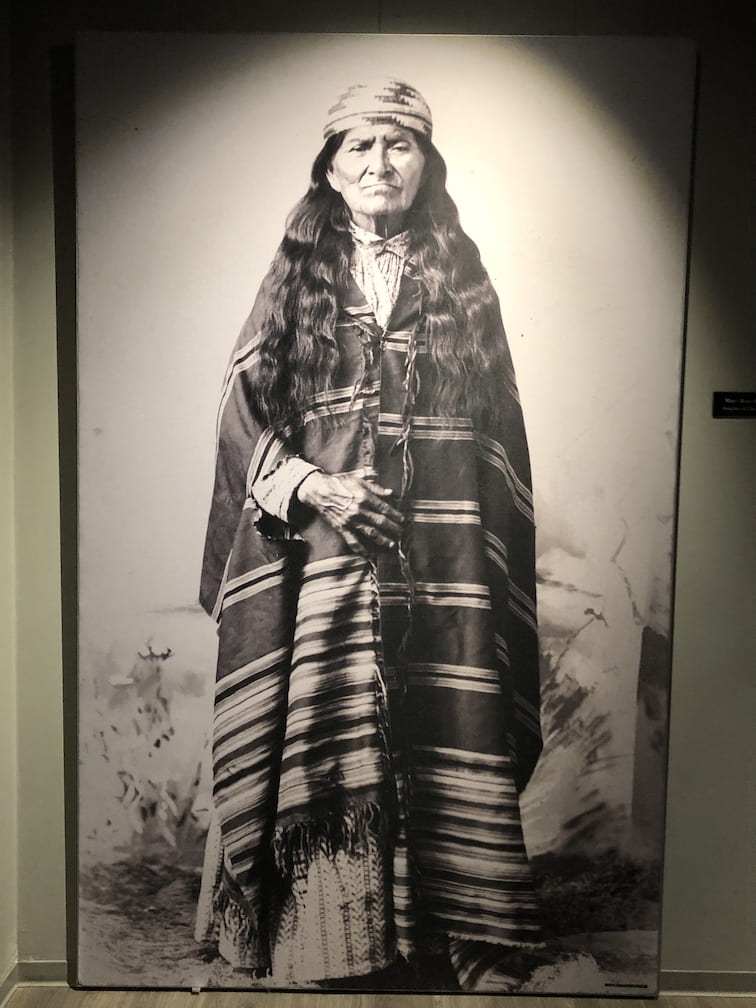The first time I was introduced to thinking about the things archaeologist find, the things we see in museum exhibits, even the things we buy and sell in thrift stores and auctions differently was during the FIMA group tour of the collections housed at the Confederate Tribes of Grande Ronde’s collections facility at Chachalu Historic Preservation Offices. Instead of referring to the items stored neatly on the collection shelves as “artifacts” or “objects” the Cultural Collection Coordinator Sybil Edwards explained that those things are “belongings”. What an interesting concept to consider a slight change in wording could have such a profound effect on the way we think about the things archaeologists dig up.
Belonging has a much more personal and deeper connotation than merely labeling everything with the scientific coldness inherent in “artifact.” Belonging implies that the things archaeologist find, or those items that are donated to the collections, are connected to a person that there is a narrative and a story that the item has to tell. A belonging has had a life of its own and formed connections with people and places.

Chachalu Museum and Cultural Center
The traditional questions that researchers ask of material culture are questions such as “How was it made?” “What was it used for?” “What is it made out of?” But, changing the word from artifact to belonging in describing these objects also changes the questions we ask. Instead of asking standard scientific questions associated with an artifact or specimen, “belonging” not only reflects the way the community understands objects, but also helps researchers think of things in a different way. Instead we are more likely to ask more personal questions of a belonging such as what are the stories behind these connections and what can we learn about its journey of belonging? We begin to focus on who. Who did this item belong to? Who were they and what was this item to them?

Bigg Boss 15 Video This iS an Awesome Thing You Can Check This.